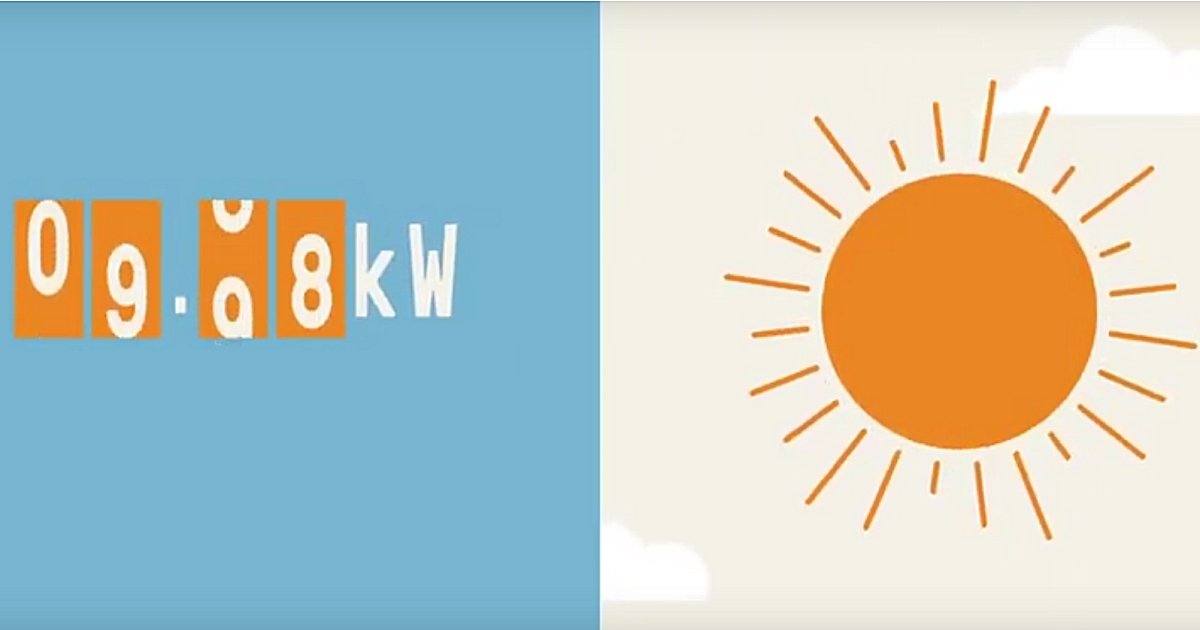
Assuming all is going to plan, new and upgrading solar power system owners in some parts of Adelaide will be offered a choice between flat and flexible solar exports this month.
In South Australia, currently solar customers have an export limit of 5 kilowatts per phase. As in some other parts of Australia, solar panels have been so popular in certain Adelaide areas that the congestion caused by all this solar energy goodness heading into the grid is starting to create a few challenges in managing local networks.
A blunt tool that has been used elsewhere are very low or even zero export limits for new solar owners. It’s an unfair approach, particularly given periods of high congestion can be very brief.
SA Power Networks (SAPN) has been tinkering with various smarter approaches to the congestion challenge as part of its goal of doubling the amount of solar power capacity it can accommodate on its network by 2025. One of those tools is new fixed and flexible/dynamic exports.
In a nutshell, fixed exports are set at a level whereby regardless of what’s happening on the network (within reason), solar owners are guaranteed they will be able to export a certain amount of power. Dynamic/flexible solar exports adapt to network conditions, but offer a much higher maximum export limit when conditions allow for it – which can be much of the time.
So, under flexible exports, how does a solar power system “know” what it can export and when?
Solar inverters have become a lot smarter over the years and many are now internet-connected. SA Power Networks will send messages to compatible smart inverters with the export limit for whatever period. This will be seamless and automated, requiring no intervention from the owner of the system.
SAPN Fixed Vs. Flexible Solar Export Limits
SA Power Networks says from late this month, new and upgrading solar customers connecting to significantly overloaded parts of the network in selected areas of Adelaide’s southern suburbs will be offered a choice of either a fixed export limit of 1.5kW per phase or a flexible export option of 1.5kW to 10kW per phase.
Exactly where these locations are isn’t clear at this point, but SAPN anticipates this will affect less than 2% of (assumed: overall) solar applications in the first year.
The very good news according to SA Power Networks:
“Analysis shows the flexible export limits will typically be 10kW for 98% of the time. Outcomes will vary with the location of the customer and the reliability of their internet connection.”
As for what happens in a situation where an internet connection is down, the export limit will ramp down to 1.5kW until the connection is restored – so a solid connection will be important.
Once this initial phase is settled in, flexible exports will then be offered as a standard connection option for other new and upgrading solar customers. On a related note, last month SAPN recommended a start date in South Australia for mandatory inverter dynamic solar export support – July 1, 2022.
Where South Australia is going, other states are likely to follow – so expect to see flexible solar export support in your state or territory in the not-too-distant future. If you’re considering buying a solar system, perhaps future-proof yourself and make it a smart one to take advantage of features such as flexible exports.

 RSS - Posts
RSS - Posts



2023 update …. A trial in SA seems to have been successful:
https://www.abc.net.au/news/science/2023-03-14/rooftop-solar-flexible-export-limits-are-coming-to-your-suburb/102074712